Why could different forms (morphs) of males evolve together? The red deer example.
- Ecology Research Explained

- Mar 7, 2021
- 4 min read
Contents (Jump to section)
Slides (click on a slide to swipe through the next)




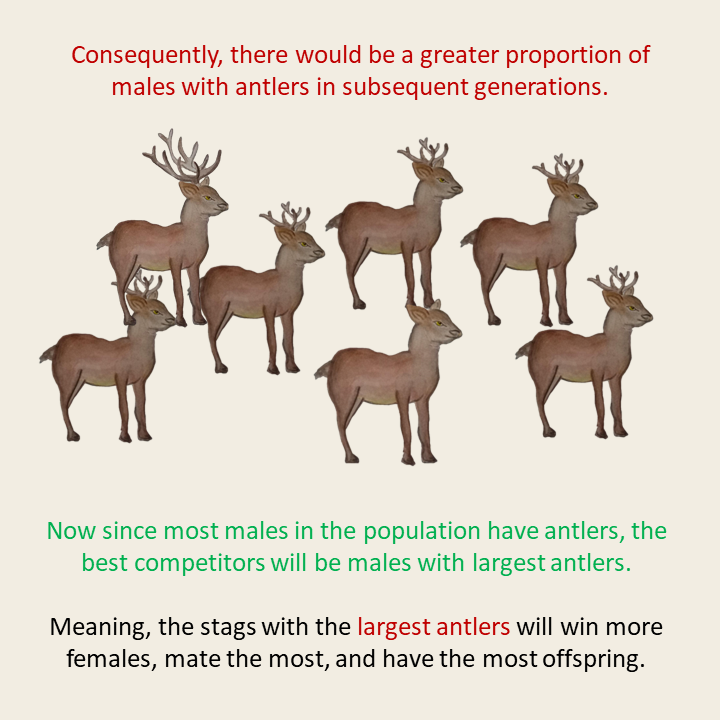
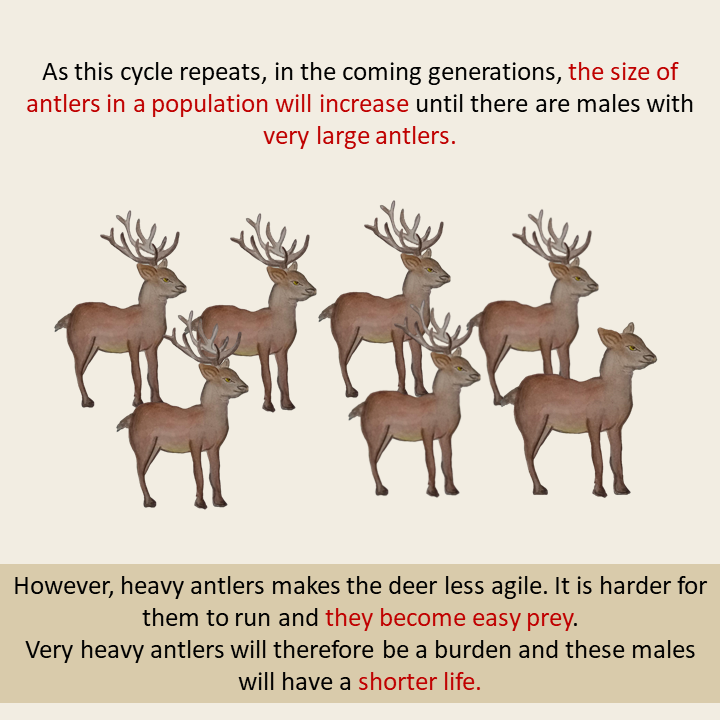
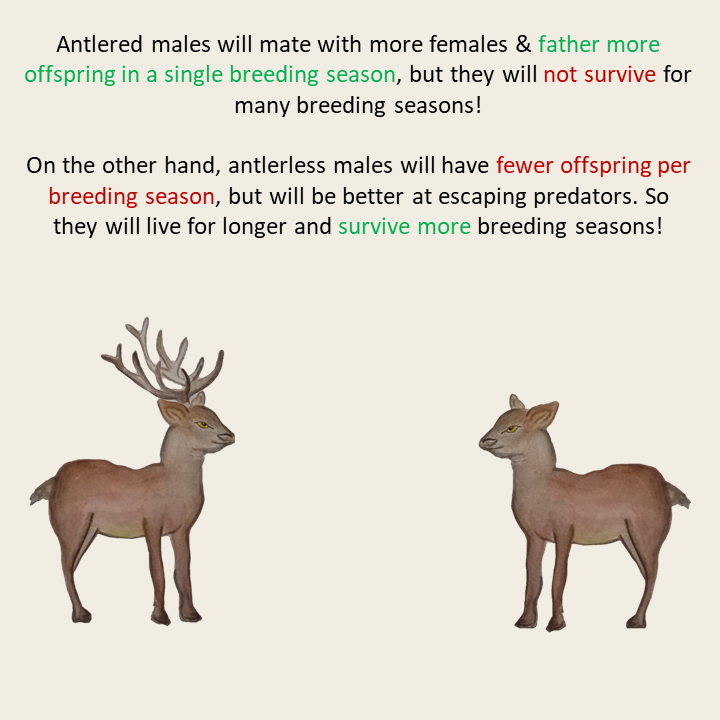
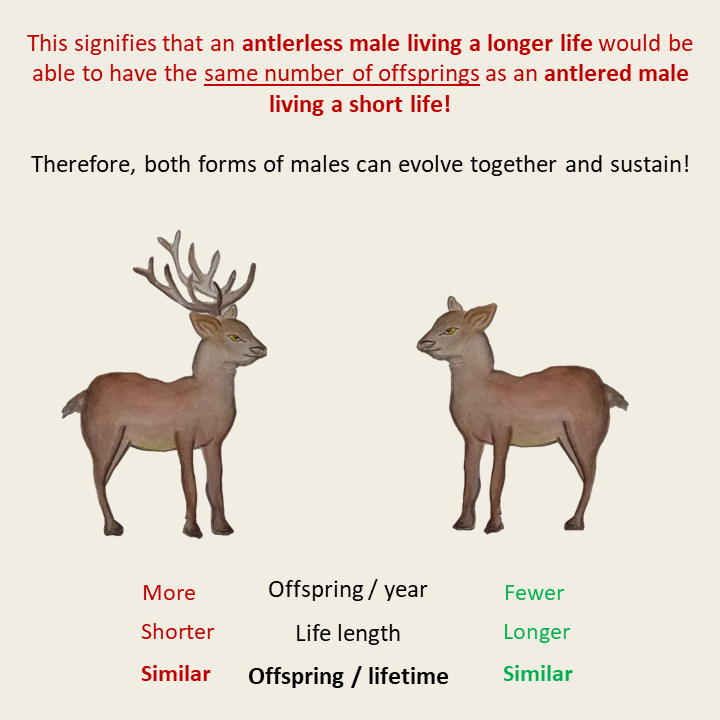
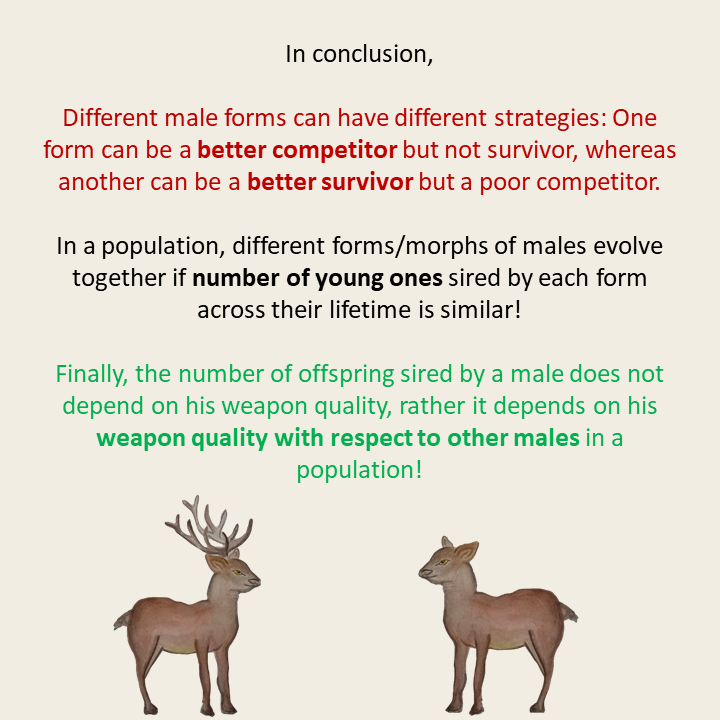
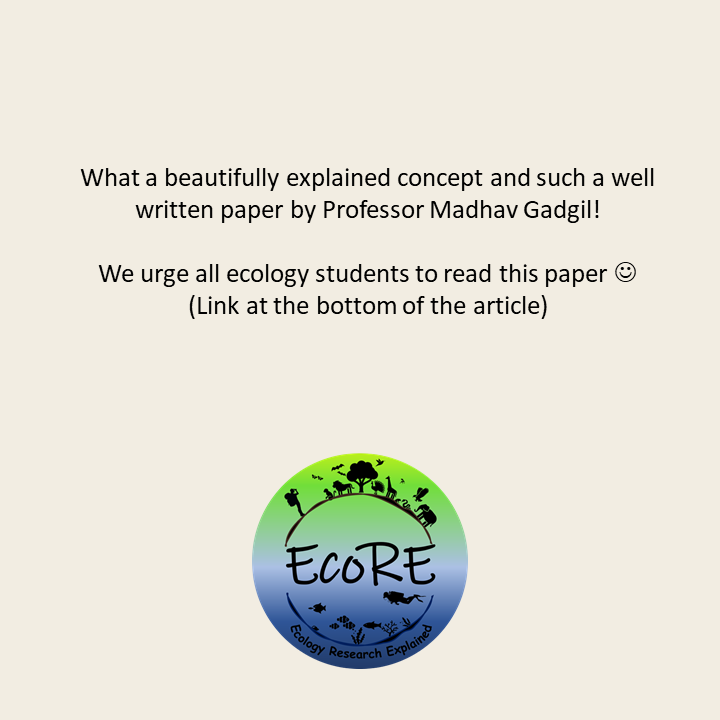
Why could different forms (morphs) of males evolve together?
Did you know that males of red deer can be with or without antlers? Similarly, males with multiple forms are found in a number of insects like beetles and bees. Strange, isn’t it!? Why do these different-looking groups of males even exist in a population?! Our very own, Padma Bhushan Professor Madhav Gadgil (also the founder of CES, IISc) used simple math and published a paper on this puzzle decades back. Let’s find out what he proposed!
Pieces of the Puzzle
In many species of animals, males compete with one another to attract females. Male red deer, for example, use their antlers to fight for mates. These weapons are genetically endowed, and males with superior antlers are more likely to win fights and attract females. Thus, males with bigger antlers are more likely to mate.
The way competition plays out depends on how many males of different forms are present in a population. For instance, if most stags in a population have no antlers, then males will only need to have small antlers to win fights and attract mates. On the other hand, if most stags in a population have large antlers, the best competitors would need to have very large antlers to outcompete other males.
However, such traits that help males gain mating opportunities can come at a cost - they can reduce a male’s likelihood of survival. For instance, heavy antlers can make stags less agile and easy prey. Thus, there is a trade-off to being a better competitor – males which are better equipped for competition (like males with antlers), are less equipped for survival. This means that although some males may have greater chances of mating, they may not actually survive long enough to mate. So, the number of offspring a male fathers is dependent on both how likely he is to survive and how well he competes. But then, why isn’t there one form which survives longer and wins more females?
Arranging the Jigsaw
To understand the process better, imagine a population of deer where there are only a few males with small antlers (the rest lack antlers). Although these males may be slowed down by their antlers to some extent, the benefits of mating would by far outweigh the costs on their survival. As a result, they would father the most offspring, and in the next generation there would be a larger proportion of males with antlers.
As there would be more males with antlers, the best males of the next generation would have to have larger antlers to out-compete their peers. These larger-antlered males would pass down their genes to the next generation, and this cycle would repeat until the males with the largest and heaviest antlers are more burdened than benefitted by them.
At this point, when having antlers is going to make you unfit to live for longer, the number of offspring that males with largest antlers would sire in their whole lifetime would be similar to the number of young ones a male without antlers would sire in its whole lifetime. In such populations, both forms of males would sire a similar number of offspring in different ways: one by mating more frequently in its short life, and the other by gaining a similar number of mates over a longer life.
Therefore, males of different forms will exist in a population if all forms father approximately the same number of offspring across their lifetime, and so both morphs would persist. Males of one form might live a shorter life but have more offspring per breeding season, while males of another form may have fewer offspring per breeding season but live longer!
In conclusion, first, different male forms can have different strategies: One form can be a better competitor but not survivor, whereas another can be a better survivor but a poor competitor. Second, in a population, different forms/morphs of males evolve together if number of young ones sired by each form across their lifetime is similar! And finally, the number of offspring sired by a male does not depend on his weapon quality, rather it depends on his weapon quality with respect to other males in a population!
Thus, Professor Gadgil explains how two different forms of males evolve together in an animal species - it all depends on the hefty trade-off between winning a competition and survivability. Evolution can favour multiple forms, each managing the trade-off differently, yet ending up fathering similar number of offspring.
So the next time you come across a species with two different types of males, think about how the population may have been structured and what might be the costs and benefits of each form! Ask these questions, and evolution will never seize to amaze you!
---------------------------
Source: Gadgil, Madhav. (1972). Male Dimorphism as a Consequence of Sexual Selection. American Naturalist - AMER NATURALIST. 106. 10.1086/282797
Link to article: https://www.journals.uchicago.edu/doi/abs/10.1086/282797
---------------------------
Article written by: Prahlad Saldana, edited by Devica Ranade, Nikita Gupta
---------------------------
Related articles:
Morphs in elephants: Males of Asian elephants can be with or without tusks! (Video)
Morphs in frogs: Males of some frogs 'sneak in' to mate! (Video)
New species: A new species of Hanuman langurs is recognised!
Male competition to win females: Males of rock lizards change colour while attracting females and fighting with other males!

Comments